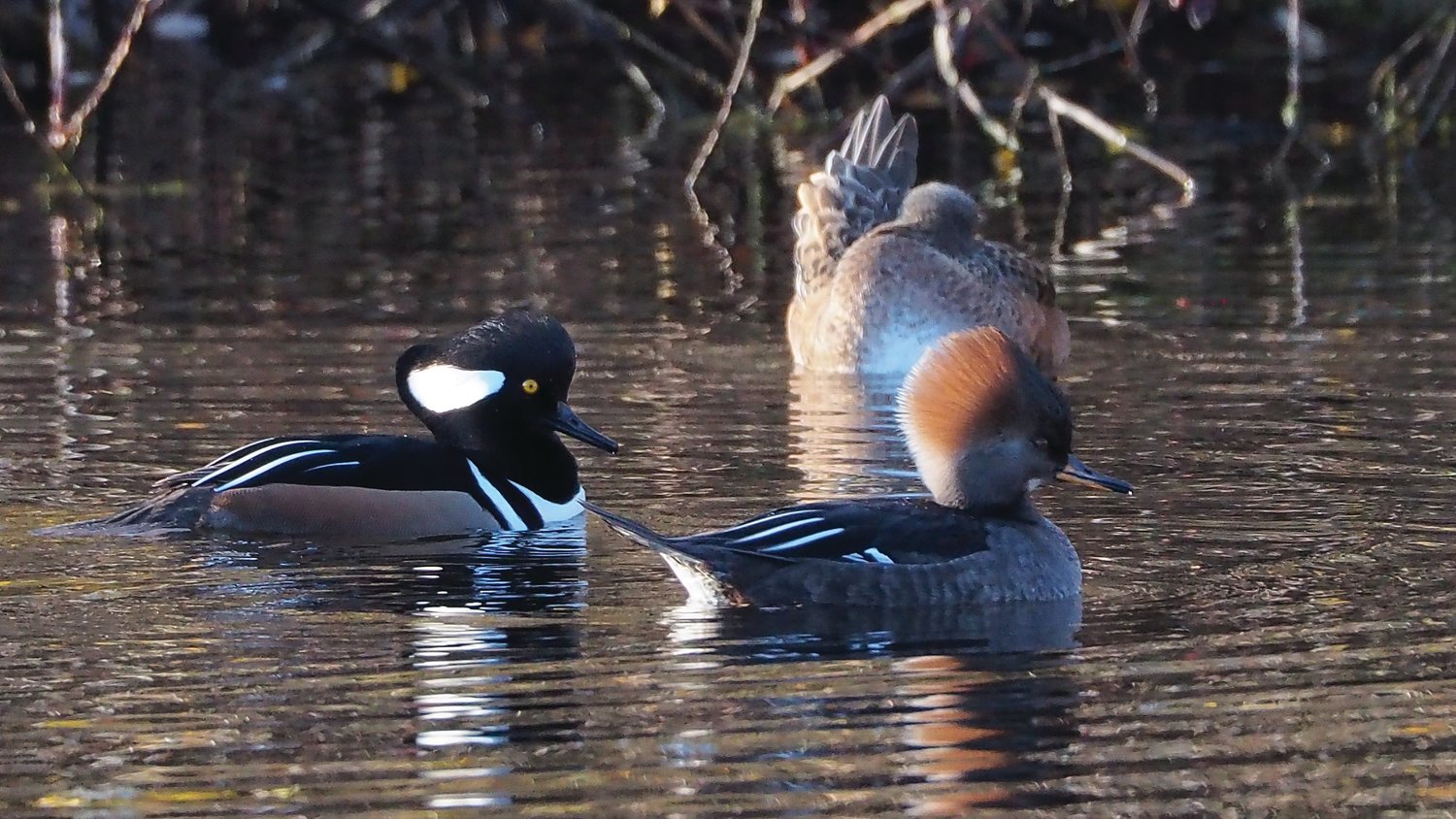Spring has arrived!
The daylight is noticeably brighter, and lasts longer now. Life is bursting forth with gusto. Bare winter branches now send out buds, flowers pop open quickly, and new leaves …
This item is available in full to subscribers.
We have recently launched a new and improved website. To continue reading, you will need to either log into your subscriber account, or purchase a new subscription.
If you had an active account on our previous website, then you have an account here. Simply reset your password to regain access to your account.
If you did not have an account on our previous website, but are a current print subscriber, click here to set up your website account.
Otherwise, click here to view your options for subscribing.
* Having trouble? Call our circulation department at 360-385-2900, or email our support.
Please log in to continue |
|

Spring has arrived!
The daylight is noticeably brighter, and lasts longer now. Life is bursting forth with gusto. Bare winter branches now send out buds, flowers pop open quickly, and new leaves clothe the landscape in diverse shades of green.
Birds know it, and Vivaldi celebrated it by opening his “Four Seasons” with the “Spring” concerto, emulating the joyful song of birds. Every creature with a pulse, as well as those green with chlorophyll, responds to the miraculous turning of the season. Even the insects are coming out!
Spring is the perfect time to pause and really “take in” the beauty of nature. I try to practice gratitude each day, stopping to smell the flowers, feel the sunshine on my face, and delight in watching the birds.
Feeling gratitude is good for our physical and emotional well-being. One of my favorite writers, Richard Rudd, reminds us that, in our overly-tamed and technological world, simply taking time to contemplate beauty “allows some of the wildness back into our soul.” That, in my view, is the best medicine.
Thankfully, we live in a wonderful place, where the woods, meadows, and shorelines are close by. Each of these habitats provides an essential setting for birds’ life-renewing activities — courtship, breeding, and raising the young. Perhaps that renewal of life is what generates my feelings of gratitude, of connecting with something much larger than myself.
Spring officially begins with the Vernal Equinox, on the 21st or 22nd of March, but courtship activities have been going on ever since the snow melted back in February. Southern migrants (“snowbirds”) are returning, and some of our locals are heading north to breeding grounds.
Just as we look forward to changing our seasonal wardrobe, many birds — usually the males — put on new fancy feathers for the breeding season. These more distinctive color patterns help the female choose her mate, since the males (at least in the case of ducks of the genus Anas —mallards, gadwalls, wigeon, etc.) can’t tell the females of one species from another! Oh well, they say love is blind.
For birds, love is in the air, so to speak.
Down at Kah Tai Lagoon last week, I marveled at the enthusiasm of a male red-winged blackbird, perched high on a tree, as he churned out his simple, squeaky song, over and over again, serenading his lady friend out of the cattails, to join him on the tree top. The happy couple will weave a nest in the cattails, well hidden from predators but close to the abundance of insects in the marsh.
Spring is a season of renewal and rebirth, reflected in seasonal symbols like shamrocks, eggs, bunnies, etc.
Also celebrated around this Equinox time is the Jewish holiday of Passover, which recounts the liberation of the Hebrews from slavery in Ancient Egypt. Passover features lots of food (including hard-boiled eggs dipped in salt water), as well as food for thought — mostly around the theme of freedom. Embedded in this holiday tradition is a warning: The sages remind us that in every era, we must stand up for freedom against tyrants, and fight for justice for all.
Though we imagine life “free as a bird,” our feathered friends are constantly working for survival, and spring is a busy time. Maybe you’ve noticed trios of ducks or geese playing what looks like a game of tag? Two males may be competing for the loyalty of a female bird — though again, it’s the female who chooses the winner. Large birds like ravens, hawks, and eagles perform spectacular aerobatic duets, reinforcing their bonds of trust before getting hitched up.
Once the pair bond is formed, the act of mating is a pretty quick procedure. I watched the dance of the Hooded Mergansers on Kah Tai Lagoon. After a mutual exchange of head bobbing, with quacking, he leaps on her back, grabs her by the back of the neck and practically pushes her underwater. Thankfully (for her), the act of procreation is over in a few seconds — and always followed by a vigorous bath and wing flapping. I read that although male ducks put great effort in courtship, once the female starts laying her eggs, he loses interest. Each species has its particulars as to the division of labor. In hummingbirds, the female finds her own territory, builds the nest, and raises the young herself.
In other species, males take more investment in raising the young — some even sit on the eggs while mom goes out to find a second love match, and raise another brood. It’s all for the kids!
This season, I encourage you to take time and really appreciate the beauty of spring!
Gary Eduardo Perless is the education director with Admiralty Audubon Society. Contact him at gperless@gmail.com.